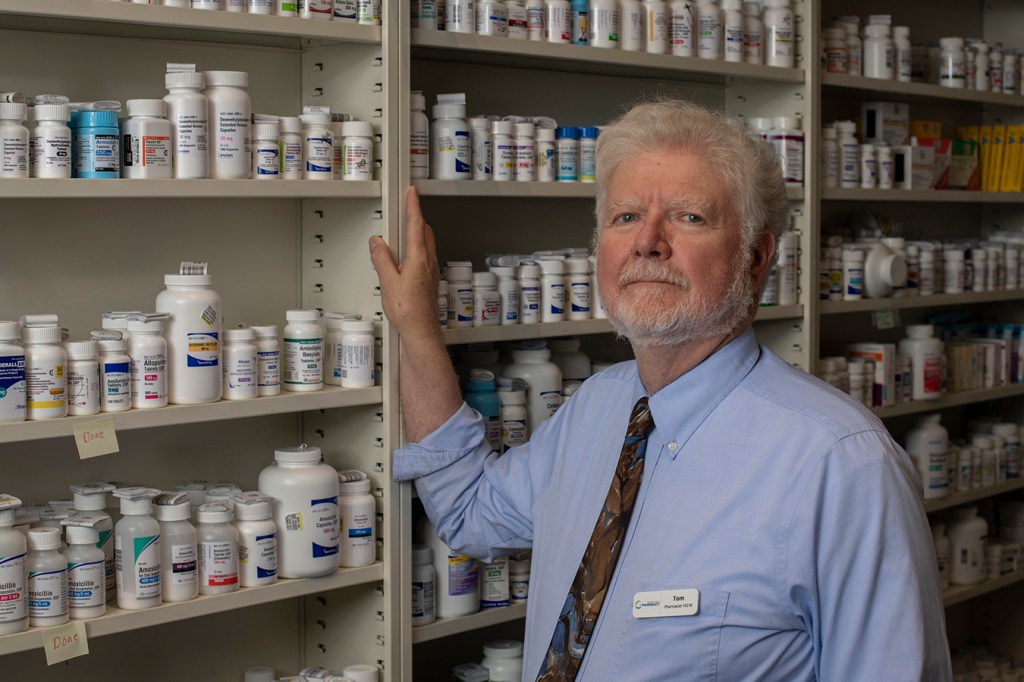Few medical procedures are as life-altering as an amputation. But statistics show hundreds of thousands of Americans have their limbs surgically removed each year because they don’t have access to adequate vascular screening and care.
In the rural communities of North Carolina that we serve, the nearest “in-hospital” alternative to our office-based treatment locations is at least 2 to 3 hours away, which can result in delays in care that lead to poor clinical outcomes. The patients we serve are living with vascular diseases such as peripheral artery disease (PAD) and critical limb ischemia (CLI), and many of them are at risk for experiencing major amputations as a result of diabetes-related PAD. In fact, data show living in an underserved North Carolina community is associated with a 29% increase in the odds of undergoing major limb amputation.
The issue extends far beyond North Carolina. PAD, which is related closely to diabetes, obesity, and kidney disease, affects more than 20 million Americans, and communities across the country have limited or no options for patients in need of care for PAD and other serious vascular conditions. This needs to change.
The vast majority of non-traumatic amputations related to PAD and CLI — some 85% — could be prevented if patients are able to access timely interventions. Proper vascular care remains frustratingly out-of-reach for many Americans, especially those who live in rural areas or individuals who identify as non-white. Protecting access to outpatient vascular services is critical to reducing amputation, especially for these high-risk populations.
Unfortunately, the problem could soon get much worse. Despite well-documented disparities in vascular care, CMS recently proposed severe cuts to in-office revascularization services used to treat PAD, which will further marginalize our patient population by encouraging healthcare consolidation, limiting patient access, and accelerating the amputation crisis.
The CMS physician fee schedule proposed rule for CY2022 calls for 23% payment cuts to in-office revascularization services. CMS has tried to justify the cuts by pointing to requirements that offset spending increases in one area with decreases in another. Against logic, CMS cites Bureau of Labor Statistics’ data to justify increases for evaluation and management, yet ignores that same data, which show that every specialty under the physician fee schedule — including cardiology, interventional radiology, and vascular surgery — should receive increased payment.
In order to prevent amputations, which total an estimated 200,000 annually in the U.S. because of PAD and CLI, more Americans need access to proper screening and revascularization services. Performed either in the hospital or in the outpatient setting, revascularization involves removing plaque from a patient’s arteries or inserting devices to keep the blood vessels open. Patients often prefer to receive such services in independent doctor’s offices, which tend to be more convenient, less expensive, and closer to home than hospitals.
When patients have access to limb-salvaging healthcare, physicians can successfully prevent major amputations. Yet, too many patients never receive a vascular evaluation, much less revascularization, prior to their amputation.
The real-world impact of the proposed Medicare cuts would be devastating. If finalized, this would add a huge, unexpected strain on outpatient providers. Combined with the challenges and burdens caused by the ongoing COVID-19 pandemic, the severe Medicare cuts could force many office-based cath labs to close. If access to outpatient vascular care is limited by the cuts, as is likely, fewer Americans will have access to the limb preservation care that patients living with PAD so urgently need. If outpatient locations are forced to close, already vulnerable patients will be forced to travel a great distance to the nearest major hospital. If they don’t have the means or information to do so, they won’t receive the care they need to save their lower limbs and potentially even their lives.
Healthcare policymakers need to recognize the importance of the payment policies supporting the delivery of quality, community-based vascular care. CMS should revise its plans to cut vascular care services by 23%. Failure to do so will cause more Americans to needlessly lose their limbs, leading to higher costs, worse patient outcomes, and greater health disparities.
Sreejit Nair, MD, is board-certified in vascular medicine, vascular interventional radiology, and endovascular procedures. Ashwani Sastry, MD, is an interventional cardiologist triple board certified in cardiovascular diseases, interventional cardiology, and endovascular medicine. Nair and Sastry run Sunrise Vascular, a practice in rural North Carolina to reach vascular disease patients with limited access to care.
Disclosures
Sunrise Vascular receives Medicare funding.
Note: This article have been indexed to our site. We do not claim ownership or copyright of any of the content above. To see the article at original source Click Here













